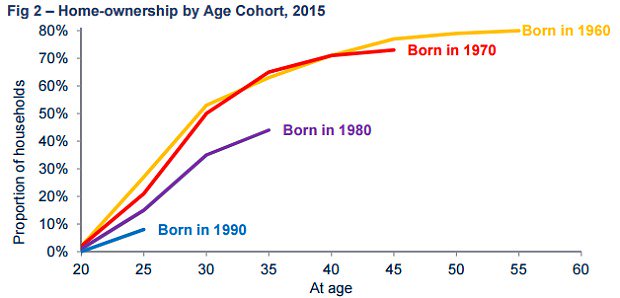Londoners Need 266% Pay Rise to Get on Property Ladder, Warns NHF
Londoners will need a 266% pay rise if they have any hope of getting onto the property ladder in the capital, warns the National Housing Federation (NHF).
The average price of a London property is now a huge £526,085 – more than 16 times the typical salary of £32,838 that the average London worker receives annually, according to data from the NHF, which represents affordable housing providers.
Buying a home in over half of London boroughs would require an income of more than £100,000 per year.

Londoners Need 266% Pay Rise to Get on Property Ladder, Warns NHF
In more affordable parts of the capital, such as Barking and Dagenham, the average income is still half of what is needed to get a mortgage, the report by the NHF found.
Despite typical earnings of £59,000 in the Royal Borough of Kensington and Chelsea, it is the least affordable area, with the average house price of £1.94m costing 33 times the average income.
The Chief Executive of the NHF, David Orr, insists that a secure and affordable home should be available to everyone.
“Living in London doesn’t have to mean living in cramped, overpriced, insecure accommodation; the housing crisis is not inevitable,” he believes.
The report marks the launch of the NHF’s 100,000 Affordable Homes for London campaign, which urges the next London mayor to give the affordable housing sector access to public land.
In return, the NHF has pledged to help the mayor tackle the current housing shortage, which is estimated to be around 151,000 homes.
“Both Sadiq Khan and Zac Goldsmith have correctly identified housing as one of the biggest challenges facing London,” says Orr. “We’re here to say that we know how to help.”1
Last week, the House of Lords’ National Policy for the Built Environment committee warned that housing associations should be able to play a bigger part in the crisis, as the Government will not reach its 240,000 house-building target by relying on the private sector alone.
Over the last mayoralty, housing associations have built 40,000 homes for rent and sale in London.
Earlier this week, the Council of Mortgage Lenders (CML) warned that first time buyers and home movers are already stretching their mortgages in order to get onto or move up the property ladder, as house prices spiral.
The latest property market news can be found at LandlordNews.co.uk.
1 http://www.housing.org.uk/press/press-releases/266-pay-rise-what-the-average-londoner-needs-to-buy-a-home/





